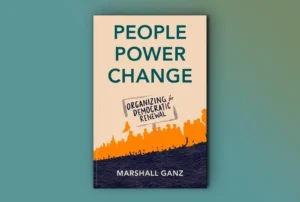September 25, 2014; Modern Healthcare
Millions of newly insured individuals are having an unintended consequence on community health centers (CHCs). While many thought the availability of health insurance through federal and state exchanges would reduce the financial burden on CHCs—typically the frontline health providers in underserved communities—it may not turn out that way due to a rising problem with the number of “underinsured” coming to them for care.
CHC leaders report that influxes of patients with bronze-tier plans are straining their budgets. These plans have low premiums but high deductibles and co-pays, and unlike silver-tier plans, they offer no federal cost-sharing subsidies. As a result, these “underinsured” patients are unable to pay the out-of-pocket costs of treatment, particularly when some deductibles are as high as $5,500.
But CHCs are not allowed to turn anyone away, so they offer these patients the same means-tested sliding-scale fees used for uninsured patients, and then eat the rest of the costs as “uncompensated care.”
“With the Affordable Care Act, while the number of uninsured may be dropping, there’s a new challenge in that there is now a huge cadre of underinsured people,” Sara Rosenbaum, chair of the health policy department at George Washington University, told Modern Healthcare.
Sign up for our free newsletters
Subscribe to NPQ's newsletters to have our top stories delivered directly to your inbox.
By signing up, you agree to our privacy policy and terms of use, and to receive messages from NPQ and our partners.
Of the 7.3 million people newly insured through the federal and state exchanges in 2014, about 18 percent chose bronze-tier plans.
With the next exchange open enrollment period less a month away, the question becomes how to better educate consumers about the drawbacks of the bronze tier plans. While these plans have lower premiums, silver-tier plans permit cost-sharing subsidies of up to an average of 94 percent and a much lower average deductible.
According to Stephen Davidson, professor of health policy and management at the Boston University School of Management, more work must be done during the open-enrollment period to raise awareness among lower-income consumers, as picking a plan just because it has the lowest premium can have serious consequences. “Many people do not understand the cost-sharing element of their policy and are surprised the first time they go for services and find they are not covered because the deductible has not been met. Something to watch in the new benefit year is the extent to which those folks switch plans.”
As NPQ previously reported, the Affordable Care Act relies heavily on CHCs to provide health services to low-income individuals in underserved areas, so their ability to succeed at this task is in the best interest of the law’s supporters. Just last month, U.S. Department of Health and Human Services (HHS) sent $300 million to CHCs nationwide to improve their services, part of an $11-billion, five-year commitment made through the Affordable Care Act to expand current community health centers and build new ones.
The federal government is also counting on CHCs to help enroll more individuals in the federal and state exchanges. It is a safe bet that CHC leaders will be certainly be taking the unintended consequences of bronze tier plans into account when educating their patients about plan options.—Anne Warden












